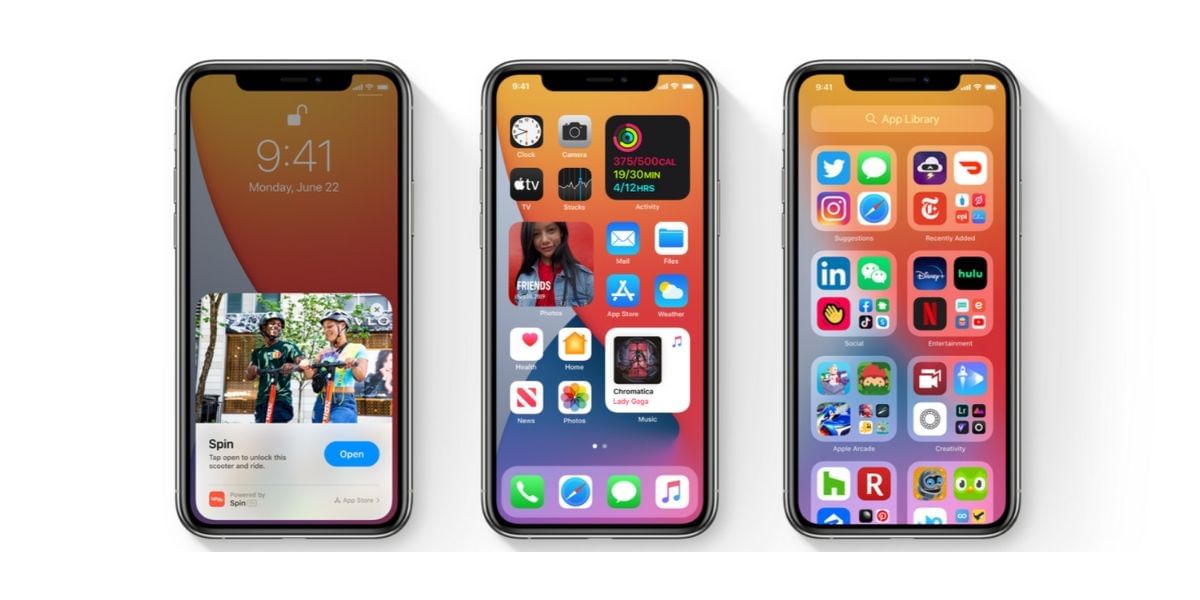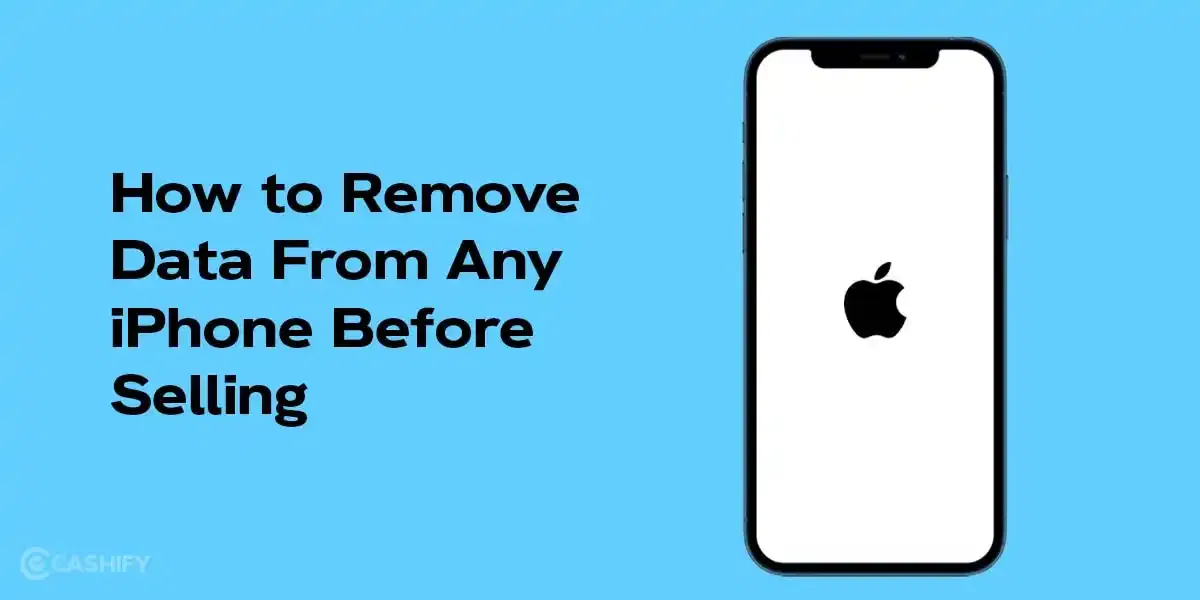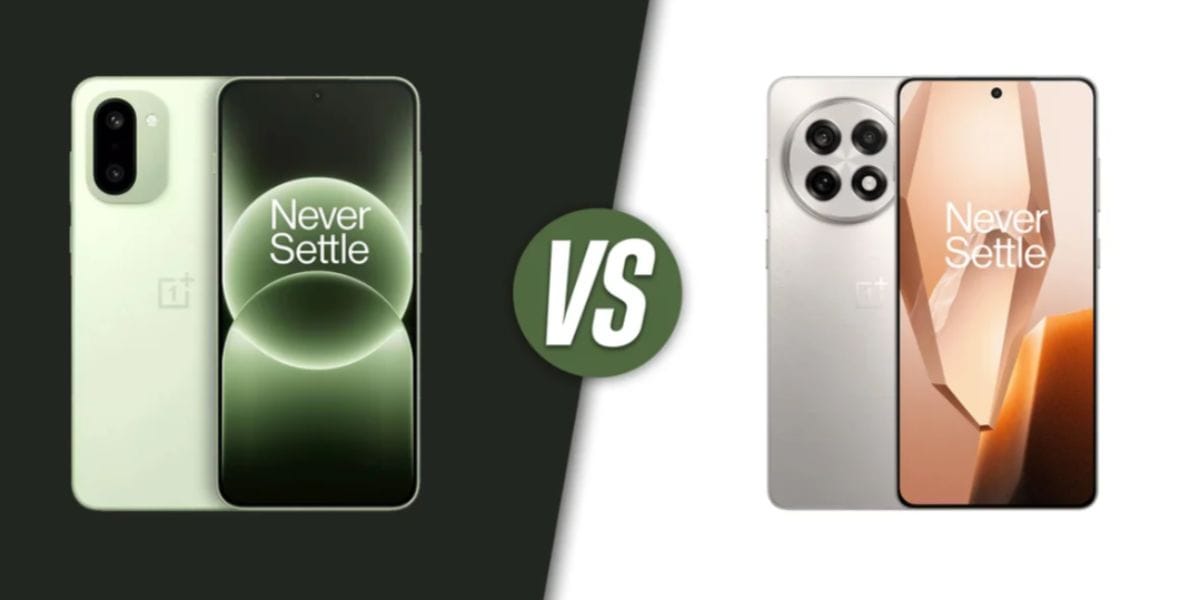In 2020, the amount of money spent on subscription-based apps grew significantly. The data comes from an app analytics company called Sensor Tower.
According to the report, the revenue generated from non-gaming subscription-based apps amount to 11.7 per cent of the total $111 billion people all over the world spent last year on in-app purchases. The revenue grew 34 per cent and amounting to almost $13 billion.

Also Read: Redmi 8A Dual Gets MIUI 12 Update
Consumers have historically spent more on the App Store than on Google’s marketplace, and the same holds true for subscription apps
According to the Sensor Tower’s statement
Apple App Store and the Google Play Store: Revenue Comparision
On Apple’s App Store, the spending grew from $7.8 billion in 2019 to $10.3 billion in the year 2020. This amounts to a 32 per cent increase compared to the previous year.
A similar pattern was followed on Google’s Play Store. From $1.9 billion in 2019, the revenue skyrocketed to $2.7 billion as of 2020. This amounts to a 42 per cent increase compared to 2019.
Unsurprisingly, the amount of users spending on Google’s Play Store is far less than the number of people spending on Apple’s App Store.
Also Read: 35 Tech Companies Including Microsoft, Netflix, and Apple Attacked By Hackers
Having said that, the highest-earning subscription is YouTube on the Apple App Store. On the Google Play Store, the Google One app generated more than $445 million in revenue.
Coming to gaming-based subscription apps, the number of games adopting the subscription-based model has increased significantly. Out of the 15 top-grossing games in the year 2020, 8 were based on subscription-based models.
The report states that the trend was followed by consumers all over the world even before the COVID 19 pandemic started. Given that users prefer monthly subscriptions as opposed to one time purchases, this trend is not at all surprising.




























